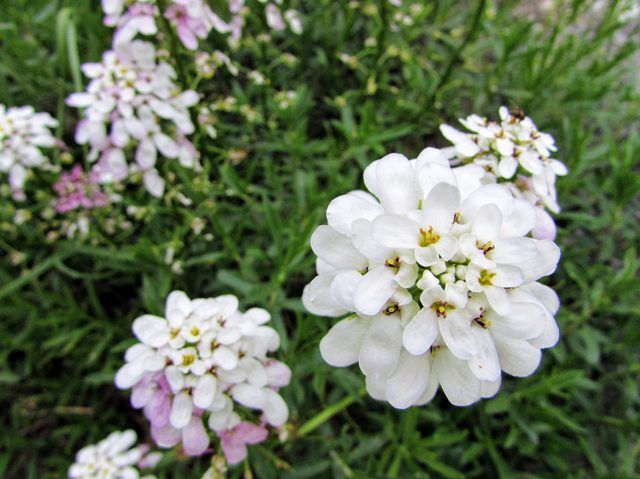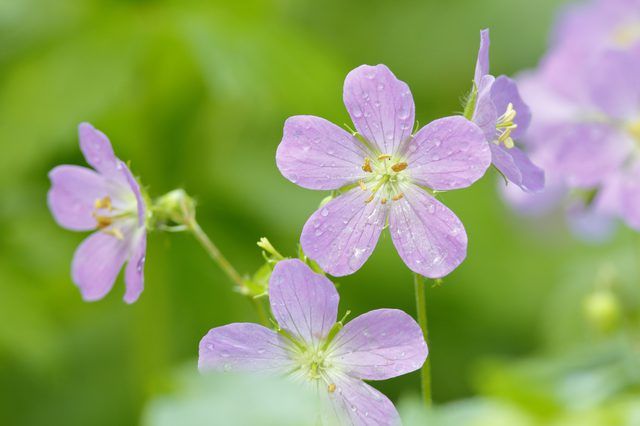Bulbs
Flower Basics
Flower Beds & Specialty Gardens
Flower Garden
Garden Furniture
Garden Gnomes
Garden Seeds
Garden Sheds
Garden Statues
Garden Tools & Supplies
Gardening Basics
Green & Organic
Groundcovers & Vines
Growing Annuals
Growing Basil
Growing Beans
Growing Berries
Growing Blueberries
Growing Cactus
Growing Corn
Growing Cotton
Growing Edibles
Growing Flowers
Growing Garlic
Growing Grapes
Growing Grass
Growing Herbs
Growing Jasmine
Growing Mint
Growing Mushrooms
Orchids
Growing Peanuts
Growing Perennials
Growing Plants
Growing Rosemary
Growing Roses
Growing Strawberries
Growing Sunflowers
Growing Thyme
Growing Tomatoes
Growing Tulips
Growing Vegetables
Herb Basics
Herb Garden
Indoor Growing
Landscaping Basics
Landscaping Patios
Landscaping Plants
Landscaping Shrubs
Landscaping Trees
Landscaping Walks & Pathways
Lawn Basics
Lawn Maintenance
Lawn Mowers
Lawn Ornaments
Lawn Planting
Lawn Tools
Outdoor Growing
Overall Landscape Planning
Pests, Weeds & Problems
Plant Basics
Rock Garden
Rose Garden
Shrubs
Soil
Specialty Gardens
Trees
Vegetable Garden
Yard Maintenance
How to Select Ground Cover for a Hill
Ground cover selection depends on how steep the hill is, sun and soil conditions, and the size of area you want to cover.
Hills are hard places to plant. You don't want to leave them unattended because they're prone to erosion, but you also have to be careful when choosing plants to hold soil in place. For a low-maintenance hill, ground covers are often the best choice. Most ground cover plants spread to cover large areas of ground, and they may eventually choke out most weeds. Ground cover selection depends on how steep the hill is, sun and soil conditions in the area, and the size of the slope you want to cover.
Steep Hills

On hills with a steep grade, you want to look for plants with a dense, fibrous root system to anchor them firmly and help hold soil in place. Tough plants that can stand exposure and lack of attention are an appropriate choice, since you don't want to spend much time working on steep slopes. Ensure the plants you choose fit the sun and soil conditions available on your hill.
Canada anemone
_([Anemone canadensis](http://extension.illinois.edu/wildflowers/directory_detail.cfm?PlantID=799&page=2)_, U.S. Department of Agriculture plant hardiness zones 3 through 9) spreads aggressively from rhizomes to form a thick ground cover. This plant is a suitable choice for slopes that tend to have moist soil. It grows well in full-sun conditions, and flowers in late spring and summer.
Golden dead nettle (Lamium galeobdolon, USDA zones 4 through 9) tolerates most soils, though it prefers moist, fertile loam. It grows best in part sun or part shade, and flowers yellow in late spring. This plant can be aggressive and invasive.
Lily-of-the-valley
_([Convallaria majalis](http://www.gardening.cornell.edu/homegardening/scene2835.html)_, USDA zones 2 through 7) is great for shaded locations. It will grow in poor soil and tolerates drought or moisture. Though an aggressive grower, it is not considered invasive.
Large Areas

For hills with a large areas of over 50 square feet to cover, you'll want plants that spread quickly. Ensure the plants also match the available sun and soil conditions on your hill. Quick-spreading or aggressive plants can sometimes be invasive, so keep an eye on them after planting and take steps to trim or dig any that get out of hand. Be aware that if a ground cover you're interested in is officially considered invasive in your area -- check with an extension service or garden center -- you should avoid planting it.
Fringed sage (Artemisia frigida, USDA zones 3 through 10) works well for naturalizing hills. It has silvery foliage and blooms yellow in the summer. This plant grows well in areas that are hot, dry and sunny, and it tolerates poor soil conditions.
Common periwinkle (Vinca minor, USDA zones 4 through 8) grows best in moist soil and deep shade, though it will tolerate sunnier and drier conditions. This low-growing ground cover vine spreads rapidly and blooms in the spring.
Rock cotoneaster (Cotoneaster horizontalis, USDA zones 4 through 7) is a low-growing woody plant. It is taller than most ground covers, reaching 2 to 3 feet tall. This plant grows best in sun to partial shade and moist soil, but it tolerates a range of conditions.
Gentle Slopes

For small areas or more gentle slopes, you don't need to plant aggressive ground covers. Mounding plants or those that spread without taking over the garden are a good choice. You can also use plants that grow well on steeper slopes as long as their required sun and soil conditions are met.
Blue Rug juniper (Juniperus horizontalis 'Wiltonii,' USDA zones 3 through 9) is a low-growing evergreen that reaches 6 feet wide. Plant multiple plants to cover more area, since it does not spread to create new plants. It grows well in all soil types, and prefers full sun.
Candytuft (Iberis sempervirens, USDA zones 3 through 9) is an evergreen mounding plant that flowers in spring. It grows best in full sun to part shade, and prefers moist, well-drained soil.
Goldmoss sedum (Sedum acre, USDA zones 3 through 8) is a spreading, non-aggressive ground cover. It is a low-growing evergreen that blooms yellow in late spring. This plant prefers full sun and well-drained soil.
River Banks

Ground covers to hold soil in place near the water's edge along a river or pond must be adapted to moist soil. Planting along the water holds soil in place, provides animal habitats and filters run-off before it reaches the water. For steep slopes that are dry at the top, plant a moisture-tolerant species near the water and one of the species better suited for steep slopes near the top.
European wild ginger (_Asarum europaeum_,
USDA zones 4 through 8) is a spreading, low-growing plant with
semi-evergreen foliage. It needs shade and moist soil, but grows best in
well-drained conditions rather than in standing water. Canadian wild ginger (Asarum canadense, USDA zones 2 through 8) grows slightly taller and is not evergreen.
Golden ragwort (Packera aurea, USDA zones 3 through 9) spreads quickly to create a ground cover in moist or wet soils. This plant prefers full sun or partial shade. Yellow flowers appear in early spring.
Wild geranium (Geranium maculatum, USDA zones 3 through 8) grows in sun or shade. It prefers moist, well-drained soil. Plants flower in the spring and early summer. Wild geranium can spread quickly by self-seeding.